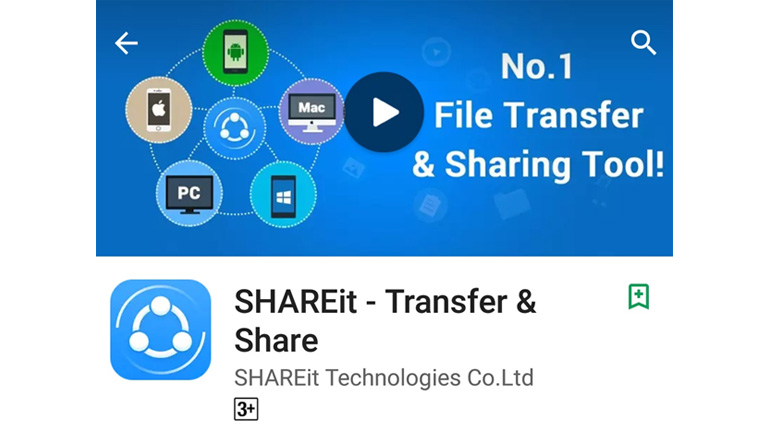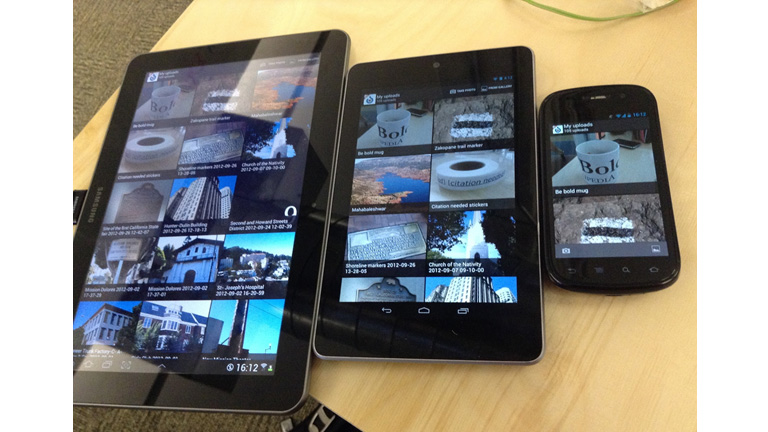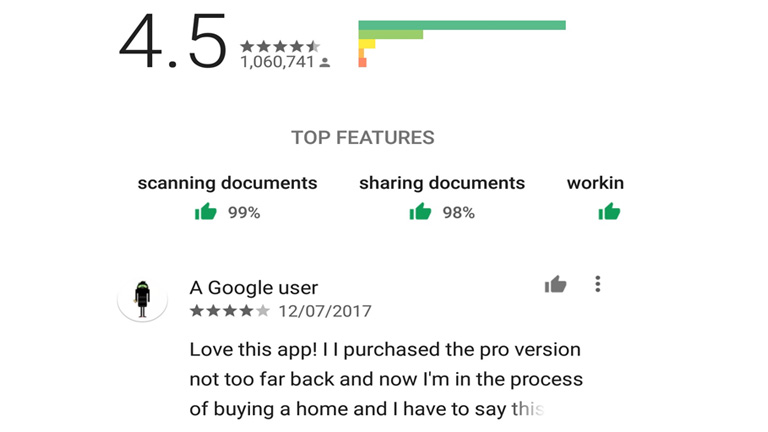Things change with a drop of a hat and the only thing that remains constant is change itself. Tune back your mind 10 years ago and try to compare today’s digital world and the Digi world back then. You would probably be smiling, noticing the changes and developments in the world of technology over the last decade. The world of technology changes at a much swift pace as compared to any other thing across the planet. With every morning marking the dawn of a new technological advancement, it becomes essential for businesses to mold their business strategies. This process might require a change in the marketing techniques, brand makeover or even a website revamp. Now, the question arises, how would you now that it’s time to redesign your website? Here are a few common indications that you should look for and decide whether your website needs a revamp or not.
1. Your Website Takes Ages To Load
Every user on the web is super impatient; to a level as if he is sitting on a hot pan. If your web page takes ages to load, you are calling for trouble. The user is not going to wait for ages and within a few seconds will look for other available options. The margin of error in this situation is extremely low. Also, Google doesn’t particularly like web pages who take an eternity to load. Page loading time is an important criterion while deciding a page’s ranking.
So, if your web page takes a lot of time to load, you are bound to lose potential clients and also will slide down the Google ranking list. It’s best you revamp your website by analyzing the factors squeezing the time and eliminating them.
2. Your Website Still Has a 90’s Structure
Believe me, there are tons of websites that still look like they are time stuck in 90’s. Back in the 90’s, web pages were a lot more static and they just displayed information about services and contact details. There was no option to administer the web site to change text and images. Those days are well gone by. The world today is so dynamic that the content on your web pages may require a constant change. Inability to change the content is a serious threat to your website today and thus you must revamp your website by implementing latest tools and techniques.
3. You Don’t Have A Responsive Web Design
A responsive web design enables the web page to be displayed with consistency across all screen sizes on various devices. Websites were designed originally with a vision that they will be viewed only on desktops or laptops. However, times have changed and the majority of people access your website through other devices like tablets, mobiles etc. Therefore, it is pivotal that your web design must be responsive so the user doesn’t face any problem while viewing it on any kind of a device.
4. Your Website Has A Low Conversion Ratio
What is the ultimate goal of a website? To attract users and convert them. A conversion is the ultimate goal of the business. A conversion can be shopping, downloading a file, watching a video, sharing content, leaving a comment, contacting the company etc. If there is no conversion or a very low conversion rate for a website, it’s no good to the business.
If you notice that the conversion ratio of your website is very low, it’s certainly the right time for you to redesign your website. Analyse the causes for the low conversion ratio through web page analytics and work on the new design.
5. Your Website Has A Negative User Experience
User Experience (UX) is the key factor in deciding the success of your business and high conversion ratio. If a user doesn’t find your website user-friendly and gets bugged while using your website, it seriously creates a bad impression. You’re bound to get a blow on your brand’s reputation as well as sales. No matter how catchy the content of your website may be, it’s important for a user to find a proper way to follow and complete the ultimate task (the goal of your business). At no point in time, he should feel lost and must be clearly guided by the web design and structure at all places.
Analyse the flow and structure of your web site. Identify the flow challenges, ambiguous directions, roadblocks etc. and revise your web design overcoming these challenges to create a smooth and delightful user experience.
To conclude, every business owner must understand the ultimate fact that change is constant and they must swim with the tide. Sticking to an old web design can seriously hamper your business and brand in the long run. So keep yourself abreast with the latest trends in the web design world and be proactive to ride on the changes. Talk to our experts and analyze whether your website needs a revamp or not?




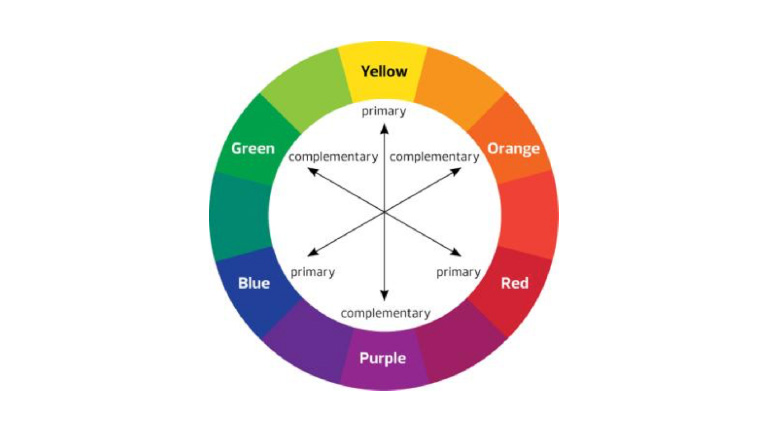
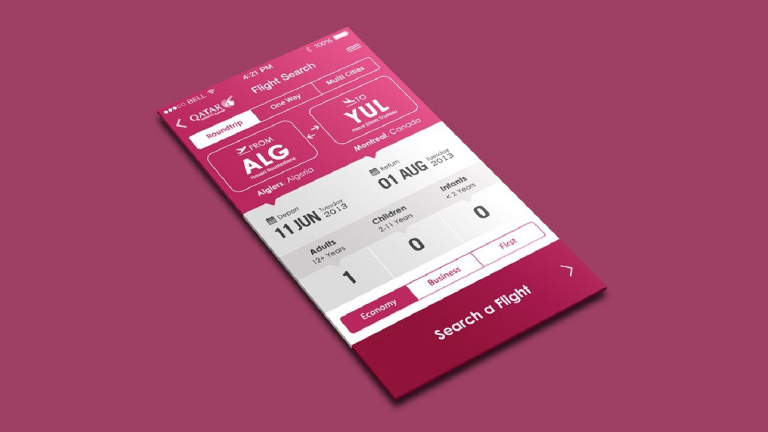 Image:Qatar Airways
Image:Qatar Airways








